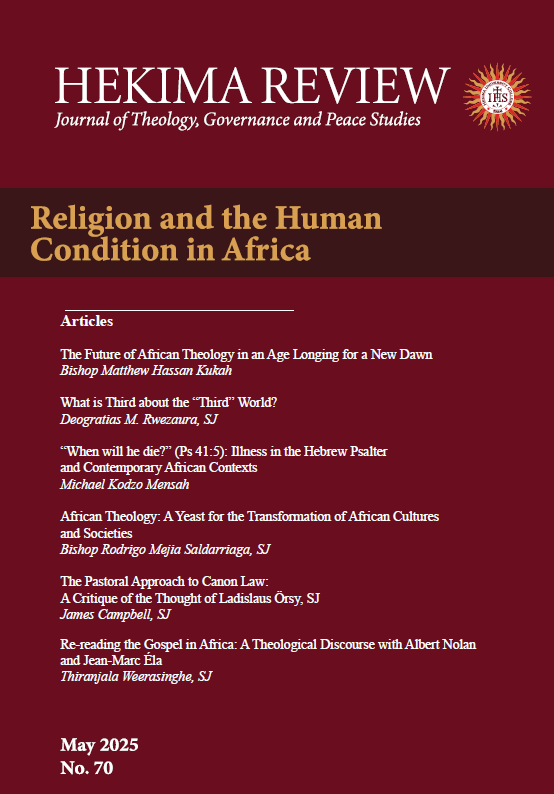What is Third about the “Third” World?
DOI:
https://doi.org/10.21217/x4aax798Keywords:
Third World, Illicit Financial Flows, poverty-wealth nexus, shared values, leadershipAbstract
The “first world” and “third world” refer primarily to the economic situations of the people that inhabit these geographical and attitudinal spaces. In this sense, these “worlds” remain amorphous and porous. Exposure to Western Europe and the United States of America, generally considered developed, confirms that in some of the States and streets within the so-called “first” world, there are not only economically poor people but also the destitute and the homeless. So, if being “third” entails lacking the necessities of life
and dying young for lack of good health care, proper nutrition, quality education, and a good standard of life, then there are also many “third” worlds in the so-called “Global North.” On the other hand, if being “first” implies material wealth, living longer, electric fenced residences, gated communities, driving luxurious cars, and having access to quality graduate degrees and health insurance, then there are equally a good number of “first” worlds in the so-called “Global South.” Given the ambiguous, amorphous use of these terms to designate the povertywealth nexus, I maintain that the terms first, third, global north, and global south conceal exploitative socio-economic relationships that can be overcome by advocating a common humanity with shared values and
aspirations for human flourishing and mutual respect.
Downloads
Downloads
Published
Issue
Section
License
Copyright (c) 2025 Hekima Review

This work is licensed under a Creative Commons Attribution-ShareAlike 4.0 International License.


